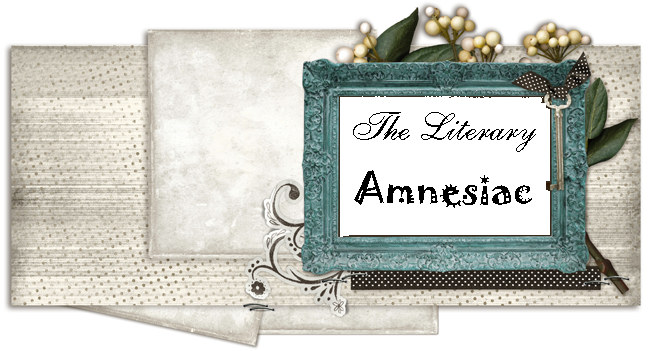Not surprisingly, once again I found a book that spoke to me in Modern General. In case I haven't mentioned it before, I have an affinity for tidying, so of course when I saw a book entitled Tidy Up Your Life, I immediately reached for it. I'd never heard of the Insta-famous Tidy Dad before, but that didn't put me off. (He had me at Tidy.)
As soon as I saw the tidy little table of contents, I knew I wanted to buy this book. I was less interested in Part I ("Tidy Up Your Mind") than in Part II ("Tidy Up Your Space"), although Part I does have a chapter called "Stop Doing All the Work" which sounded great to me. Don't take this to mean I have one of those husbands who leaves me to do all the work, because I don't, and he doesn't. But what if there were a way we could both stop doing all the work?? I'm all about working smarter, not harder.
I read this book quickly and eagerly, and it's full of relatable anecdotes from Tidy Dad's real life in a tiny NYC apartment with his wife and three daughters, but ultimately I didn't come away with a ton of ideas. To the point where I almost wonder--was I not paying enough attention? Do I need to read it again?? I did take a few notes (about the decluttering cycle, and determining what "just enough" is for us, and how a "routine framework" should serve you, not control you), but looking back over it, I don't see much that I hadn't already heard elsewhere. Except! Right in the middle is a good plan for transitioning elderly parents from their home to assisted living, and I have saved a personalized version of this plan in my Google Drive. (No, Mom and Dad, we don't need this plan yet, but it will be there for us when we do.) Speaking of my parents, though, I am starting to think about gifting this book to them for Christmas. Whereas I am already (slowly but surely) doing Death Cleaning so as not to leave a huge mess for my children someday, my parents are obviously not doing me that favor (yet). Maybe this book will be a gentle nudge in that direction.




















